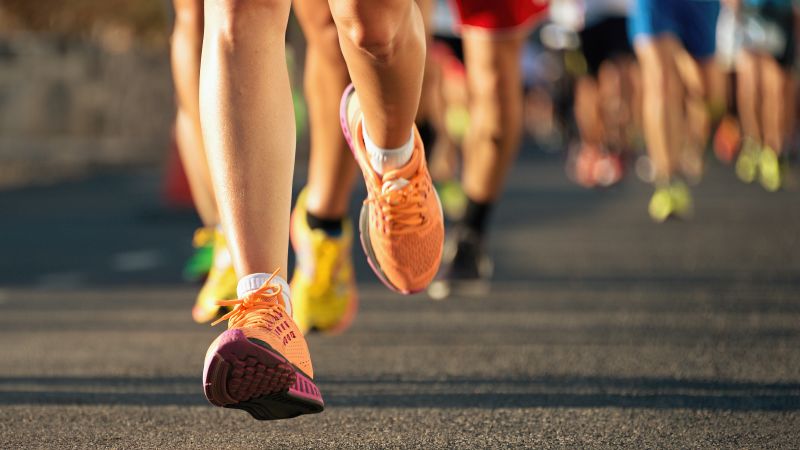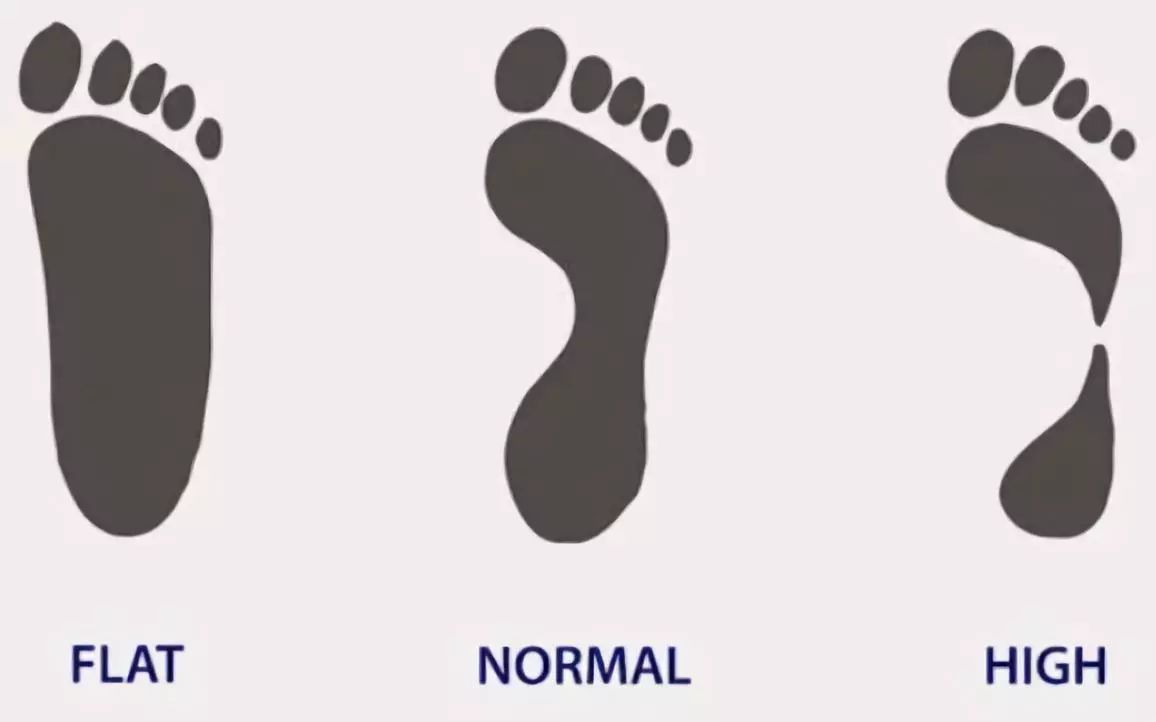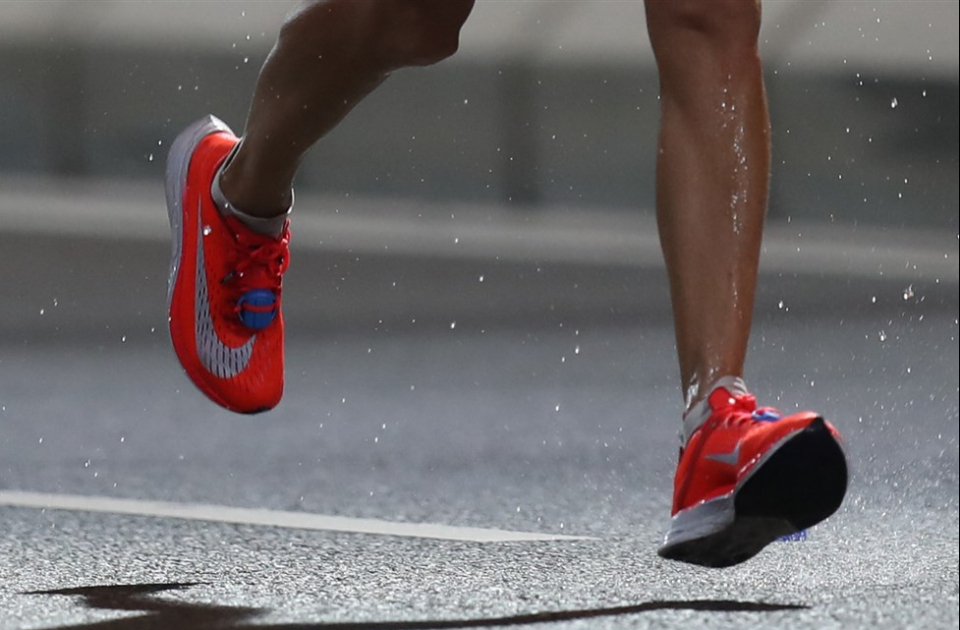Understanding the Role of Athletic Shoes
Selecting the right athletic shoes for specific sports or activities is crucial for any athlete, as proper support, cushioning, and traction can significantly enhance performance and reduce the risk of injuries. Athletic shoes are designed to provide the necessary protection and support to the feet, ankles, and legs during various physical activities. By understanding the unique demands of each sport or activity, athletes can make informed decisions when choosing the perfect pair of shoes.

Identifying Your Foot Type and Arch
Understanding your foot type and arch shape is essential when selecting the perfect athletic shoes, as these factors significantly impact support, cushioning, and stability. There are three primary foot types: neutral, pronated, and supinated. Similarly, there are three main arch shapes: high, normal, and low.
Foot Types
Neutral feet evenly distribute weight across the entire foot, providing a stable foundation for movement. Pronated feet roll inward, causing the arch to flatten and the ankle to turn inward. Supinated feet roll outward, causing the arch to rise and the ankle to turn outward.
Arch Shapes
High arches are often associated with a supinated foot type, leading to a lack of shock absorption and increased risk of ankle injuries. Normal arches typically correspond to neutral foot types, offering a balance between stability and flexibility. Low arches, or flat feet, are often linked to pronated foot types, leading to poor stability and increased risk of overpronation.
Determining Your Foot Type and Arch
To determine your foot type and arch, perform the wet foot test. Wet the sole of your foot and step onto a piece of paper or a flat, dry surface. Observe the footprint and compare it to the following:
- High arch: Only the heel, ball, and a thin line connecting them are visible.
- Normal arch: The heel, ball, and a wide band connecting them are visible.
- Low arch: The entire footprint, including the arch, is visible.
Alternatively, visit a specialty running or athletic store for a professional gait analysis, which can provide a more accurate assessment of your foot type and arch.

Matching Shoes to Sports and Activities
Selecting the appropriate athletic shoes for specific sports and activities is crucial for optimal performance and injury prevention. Different sports and activities require varying levels of support, cushioning, and traction. Here, we discuss the unique shoe requirements for various activities.
Running
Running shoes should provide ample cushioning and stability to absorb shock and support the foot throughout the gait cycle. Neutral runners should look for shoes with a balanced design, while overpronators may benefit from motion control or stability shoes. Popular running shoe models include the Brooks Ghost 14 and the ASICS Nimbus Lite 2.
Basketball
Basketball shoes should offer excellent ankle support, lateral stability, and traction for quick cuts and changes in direction. High-top shoes, such as the Nike LeBron 19, are popular choices for their ankle protection, while low-top shoes, like the Adidas D.O.N. Issue #7, provide increased mobility.
Tennis
Tennis shoes should emphasize lateral stability, cushioning, and durability due to the frequent side-to-side movements and court surfaces. Examples of suitable tennis shoes include the Babolat Jet Mach III and the New Balance MC1006v1.
Hiking
Hiking boots and shoes should prioritize durability, traction, and support for uneven terrain and heavy loads. Popular hiking footwear includes the Merrell Moab 2 Ventilator and the Salomon Quest Prime GTX.
Additional Activities
For sports like soccer, consider firm ground cleats like the Adidas Predator Freak.4 for optimal traction and ball control. For weightlifting, flat-soled shoes, such as the NOCOACH Weightlifting Shoes, provide a stable base for heavy lifts.

Prioritizing Comfort and Fit
Achieving the perfect fit is crucial when selecting athletic shoes to ensure optimal comfort, support, and performance. A well-fitting shoe can prevent foot injuries and blisters, while an ill-fitting one can lead to discomfort and potential harm. Here are some tips for measuring foot size, trying on shoes, and testing for a proper fit.
Measuring Foot Size
To determine your foot size accurately, follow these steps:
- Stand with your heels against a wall and your weight distributed evenly on both feet.
- Place a ruler or measuring tape on the floor, aligning it with the longest toe on each foot.
- Record the distance from the wall to the end of the ruler or measuring tape for each foot.
- Refer to a shoe size chart to convert these measurements into corresponding shoe sizes.
Trying on Shoes
When trying on athletic shoes, consider the following:
- Try on shoes in the late afternoon or evening, as feet tend to swell throughout the day.
- Wear the same type of socks you’ll use during your sport or activity.
- Ensure there is enough space in the toe box, allowing for wiggle room for all toes.
- Check that the heel counter provides a snug fit, preventing excessive heel slippage.
Testing for Proper Fit
To further assess the fit of athletic shoes, perform these tests:
- Perform a “jump test” by jumping up and down in the shoes to ensure they remain securely in place.
- Walk or jog around the store to evaluate comfort, cushioning, and support during movement.
- Examine the shoe’s flexibility by holding it by the heel and toe and gently bending it; the shoe should bend at the ball of the foot, mimicking the foot’s natural motion.

Assessing Cushioning and Support
Cushioning and support are essential elements of athletic shoes, ensuring optimal comfort, stability, and performance during various sports and activities. Focusing on midsole materials, heel counters, and arch support, let’s explore the significance of these features and mention specific shoe models that excel in these areas.
Midsole Materials
The midsole is the primary source of cushioning in athletic shoes, housing materials such as ethylene-vinyl acetate (EVA), polyurethane (PU), or a combination of both. These materials absorb shock, reducing the impact on joints and minimizing fatigue. For instance, the Adidas Ultraboost features a unique Boost midsole, providing superior energy return and cushioning for runners.
Heel Counters
Heel counters are rigid structures in the heel area that provide stability and support, preventing excessive heel movement during activities. A well-designed heel counter, like the one found in the Nike Air Zoom Pegasus, helps maintain proper foot alignment and reduces the risk of injuries. Look for shoes with sturdy heel counters to ensure adequate support.
Arch Support
Arch support is crucial for maintaining foot stability and alignment, especially for individuals with low or high arches. Shoes with built-in arch support, such as the ASICS Gel-Kayano, can help distribute pressure evenly across the foot, reducing the risk of overpronation or supination. Custom orthotics can also be used in conjunction with athletic shoes to provide additional arch support if necessary.
Additional Support Features
Some athletic shoes offer additional support features, such as stability plates, shanks, or posts, to enhance foot control and prevent excessive motion. For example, the Brooks Adrenaline GTS features a Progressive Diagonal Rollbar, which provides support for overpronators by controlling excess motion during the gait cycle. These features can significantly improve comfort and performance for athletes requiring extra support.
Evaluating Durability and Traction
Durability and traction are essential factors to consider when selecting athletic shoes, ensuring long-lasting performance and safety during various sports and activities. Focusing on outsole materials, tread patterns, and expected shoe lifespan, let’s explore the significance of these features and mention specific shoe models that excel in these areas.
Outsole Materials
The outsole is the bottom-most layer of an athletic shoe, responsible for providing durability and traction. Common outsole materials include rubber, carbon rubber, and blown rubber. For instance, the New Balance 860v11 features a blown rubber outsole, providing excellent durability and flexibility. High-abrasion rubber, like the one found in the ASICS Gel-Kayano, offers superior traction and durability in high-wear areas.
Tread Patterns
Tread patterns, or lugs, on the outsole help maximize traction on different surfaces. For example, running shoes typically have shallow, closely-spaced lugs for smooth surfaces, while trail running or hiking shoes have deeper, widely-spaced lugs for better grip on uneven terrain. The Salomon Speedcross 5, designed for trail running, boasts aggressive lugs that deliver outstanding traction on muddy or slippery surfaces.
Expected Shoe Lifespan
The lifespan of athletic shoes varies depending on the type, frequency of use, and maintenance. Generally, running shoes should be replaced every 300 to 500 miles, while basketball shoes may last between 40 to 60 hours of play. Monitoring wear patterns, such as worn-down lugs or thinning midsoles, can help determine when it’s time to replace your shoes. Regularly inspecting your athletic shoes and maintaining them can extend their lifespan and ensure continued performance and safety.

Selecting Shoes Based on Budget
When searching for the perfect athletic shoes, budget constraints can play a significant role in the decision-making process. However, it’s essential to find a balance between affordability, quality, and performance. Here are some tips for selecting athletic shoes that fit your budget without compromising on essential features.
Prioritize Key Features
Determine the most critical features for your specific sport or activity, such as support, cushioning, or traction, and focus on finding shoes that excel in those areas. For instance, if you’re a runner, prioritize shoes with ample cushioning and support, even if it means sacrificing some style or additional features.
Shop Sales and Discounts
Keep an eye out for sales, discounts, and promotions at sporting goods stores, both online and in-person. Many retailers offer seasonal sales or clearance events, providing an opportunity to find high-quality shoes at a lower price point. Additionally, consider signing up for email newsletters or following your favorite brands on social media to stay informed about upcoming deals.
Consider Previous Models
Often, new athletic shoe models come with a higher price tag due to the latest technology or design updates. However, previous models may still offer excellent performance and features at a more affordable price. For example, the Nike Air Zoom Pegasus series has long been a popular choice for runners, with each model iteration providing solid performance and value.
Shop Off-Season
Athletic shoes often see price reductions during off-seasons when demand is lower. For instance, winter sports equipment and footwear typically go on sale during the summer months, while running shoes may be discounted during the winter. Planning your purchases around seasonal trends can help you save money on high-quality athletic shoes.
Buy Online with Caution
Online shopping can offer competitive prices and a wide variety of options, but it’s crucial to be cautious when purchasing athletic shoes online. Ensure you’re buying from a reputable retailer, read customer reviews, and double-check return policies in case the shoes don’t fit or meet your expectations. Additionally, consider trying on shoes in-store to determine your size and then searching for the best price online.
Maintaining and Replacing Athletic Shoes
Proper maintenance and timely replacement of athletic shoes are crucial for ensuring optimal performance, injury prevention, and overall foot health. Neglecting your shoes’ condition can lead to decreased support, cushioning, and traction, increasing the risk of injuries and reducing the effectiveness of your workouts. Here are some tips for maintaining and replacing your athletic shoes.
Cleaning Your Shoes
Regularly cleaning your athletic shoes can help maintain their appearance and extend their lifespan. After each use, remove any loose dirt or debris with a soft brush or cloth. For deeper cleaning, use a mild detergent and warm water, gently scrubbing the exterior of the shoes. Allow them to air dry, avoiding direct sunlight or heat sources, which can damage the materials.
Storing Your Shoes
Proper storage of your athletic shoes can help preserve their shape, cushioning, and support. Store your shoes in a cool, dry place away from direct sunlight. Avoid storing them in tightly packed areas, as this can cause the materials to break down more quickly. Additionally, consider using a shoe tree or stuffing the toes with paper to help maintain the shoe’s shape and prevent creases.
Monitoring Wear Patterns
Paying attention to wear patterns on your athletic shoes can help you identify when it’s time for a replacement. Look for excessive wear on the outsole, particularly in high-impact areas like the heel and ball of the foot. Additionally, check the midsole for signs of compression or cracking, which can indicate a loss of cushioning and support. If you notice any of these signs, it may be time to start shopping for a new pair of shoes.
Replacing Your Shoes
The general recommendation for replacing athletic shoes is every 300 to 500 miles for running shoes, while other sports and activities may vary. However, factors such as body weight, running surface, and shoe construction can influence the lifespan of your shoes. As a rule of thumb, if your shoes show signs of significant wear or no longer provide the support and cushioning you need, it’s time for a replacement.
Additional Tips
To maximize the lifespan of your athletic shoes, consider alternating between two pairs for different workouts or activities. This can help distribute the wear more evenly and allow the shoes to fully recover between uses. Additionally, avoid wearing your athletic shoes for everyday casual wear, as this can cause them to wear down more quickly and compromise their performance during workouts.


